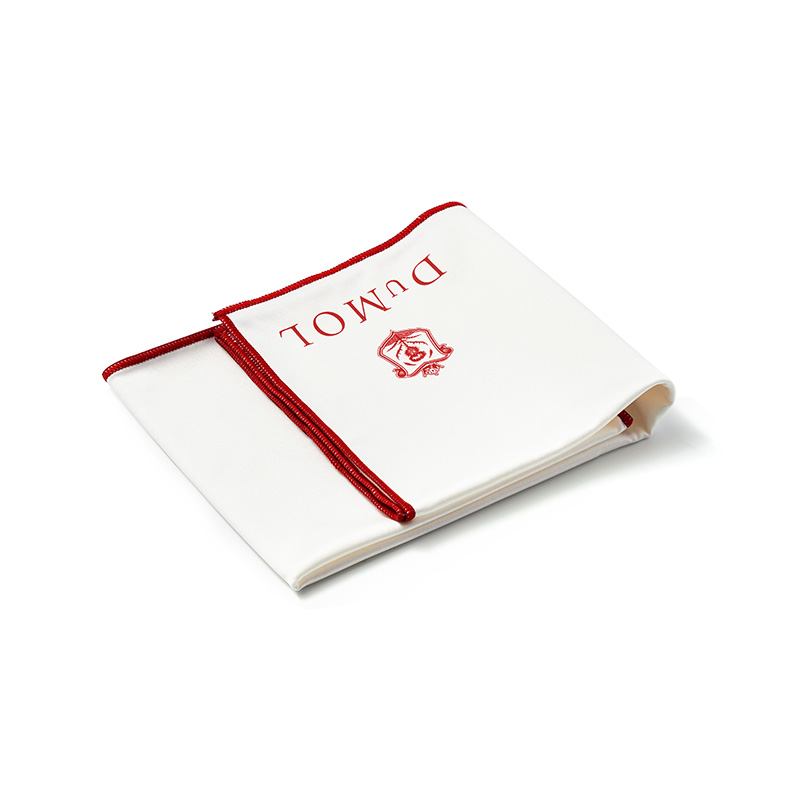1. Washing Techniques
To ensure your microfiber cloths remain effective, it's crucial to wash them correctly. First, avoid using fabric softeners, bleach, or any other harsh chemicals, as they can break down the fibers and reduce their cleaning effectiveness. Fabric softeners, in particular, leave a residue on the cloth that can impair its ability to pick up dirt and moisture. Instead, use a mild detergent to keep the fibers intact.
When washing microfiber cloths, it's best to launder them separately from other fabrics, particularly those that shed lint, such as towels. Lint can stick to the cloths and compromise their ability to clean effectively. Additionally, washing your microfiber cloths in cold or warm water (not hot) is recommended, as hot water can damage the fibers over time.
2. Drying Methods
Drying microfiber cloths properly is essential for maintaining their performance. It's best to air dry them by laying them flat or hanging them up. However, if you need to use a dryer, opt for a low heat setting. High heat can damage the fibers and reduce their cleaning effectiveness. Avoid using dryer sheets, as these can leave a residue on the microfiber that inhibits its cleaning properties.
3. Avoiding Contamination
Microfiber cloths should be used for specific cleaning tasks to avoid cross-contamination. For example, using one cloth for dusting and another for cleaning glass will help prevent dirt or cleaning chemicals from transferring between tasks. If you're cleaning different areas (e.g., the kitchen and the bathroom), it's a good idea to use separate cloths to ensure hygiene and prevent cross-contamination of bacteria.

4. Proper Storage
Storing microfiber cloths properly when not in use can also help extend their life. It's best to store them in a clean, dry place, away from dust and dirt. If you store your cloths in a dirty or damp environment, they may pick up unwanted contaminants that can affect their cleaning performance. A dedicated storage bag or box can help keep them organized and free from debris.
5. Rinsing After Use
After each use, it's a good practice to rinse microfiber cloths with warm water to remove any dirt or moisture. This helps prevent the buildup of grime, oils, or cleaning products that can accumulate over time and make the cloth less effective. By rinsing your microfiber cloth after each use, you’ll be able to maintain its cleaning capabilities for longer.
6. Inspecting and Replacing Cloths
While microfiber cloths are durable, they do wear out over time. It’s important to regularly inspect your cloths for signs of wear and tear, such as fraying edges or thinning fibers. When you notice that a cloth is no longer performing as well as it did when new, it's time to replace it. However, with proper care, a microfiber cleaning cloth can last for many months, if not years.
 English
English 日本語
日本語











